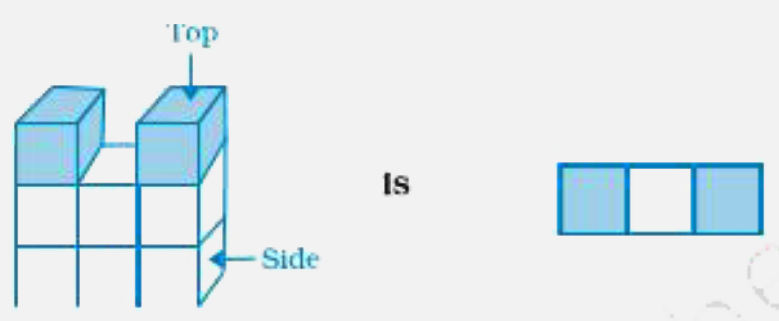State true (T) or false(F).
Electrons flow from thr positive to the negative terminal in a circuit._______
To determine whether the statement "Electrons flow from the positive to the negative terminal in a circuit" is true or false, we can analyze the flow of electrons and the conventional current in a circuit.
1. Understanding Current Flow: In a circuit, the conventional current is defined as the flow of positive charge. This means that current is said to flow from the positive terminal to the negative terminal of a battery or power source.
2. Identifying Electron Flow: Electrons, which are negatively charged particles, actually flow in the opposite direction to the conventional current. Therefore, while the current moves from positive to negative, the electrons move from the negative terminal to the positive terminal.
3. Conclusion: Given that the statement claims that electrons flow from the positive to the negative terminal, this is incorrect. Electrons flow from the negative terminal to the positive terminal.
4. Final Answer: Therefore, the statement "Electrons flow from the positive to the negative terminal in a circuit" is False (F).
Topper's Solved these Questions
- CHEMICAL EFFECTS OF ELECTRIC CURRENTBOOK - PEARSON IIT JEE FOUNDATIONCHAPTER - CHEMICAL EFFECTS OF ELECTRIC CURRENTEXERCISE - CLASSROOM CORNER (ASSERTION-REASON TYPE QUESTIONS)
3 Videos
- CHEMICAL EFFECTS OF ELECTRIC CURRENTBOOK - PEARSON IIT JEE FOUNDATIONCHAPTER - CHEMICAL EFFECTS OF ELECTRIC CURRENTEXERCISE - CLASSROOM CORNER (SHORT ANSWER TYPE QUESTIONS)
30 Videos
- CHEMICAL EFFECTS OF ELECTRIC CURRENTBOOK - PEARSON IIT JEE FOUNDATIONCHAPTER - CHEMICAL EFFECTS OF ELECTRIC CURRENTEXERCISE - CLASSROOM CORNER (COMPREHENSION-BASED QUESTIONS)
5 Videos
- KINEMATICSBOOK - PEARSON IIT JEE FOUNDATIONCHAPTER - KINEMATICSEXERCISE - LEVEL 3
18 Videos
- DYNAMICSBOOK - PEARSON IIT JEE FOUNDATIONCHAPTER - DYNAMICSEXERCISE - CONCEPT APPLICATION(LEVEL 3)
15 Videos
Similar Questions
Knowledge Check
The direction of electric current from the positive terminal to the negative terminal was taken as the____.
Aconventional direction of current flowBactual direction of current flowCopposite direction of current flowDnone of themWhich of the following statements are correct ?
(i) An electric circuit must be opened for current to flow through it .
(ii) A dry cell converts electrical energy into chemical energy .
(iii) Electric current always flows from positive to the negative terminal of the cell through the circuit .
(iv) Pure water does not conduct electricity .A(i) and (ii) onlyB(iii) and (iv) onlyC(i) , (ii) and (iii) onlyD(ii) , (iii) and (iv) only
State true (T) or false (F).
A force is a push or a pull.
View SolutionState true (T) or false (F).
The Earth is a satellite of the Sun __
View SolutionState true (T) or false (F).
Mercury is the same size as the Earth. ___
View SolutionState true (T) or false (F).
Acrylic is warmer than pure wool _________
View SolutionState true (T) or false (F).
Terrycot is a type of acrylic fibre
View SolutionState whether true (T) or false (F):
9 + 3 = 3 + 9
View Solution

